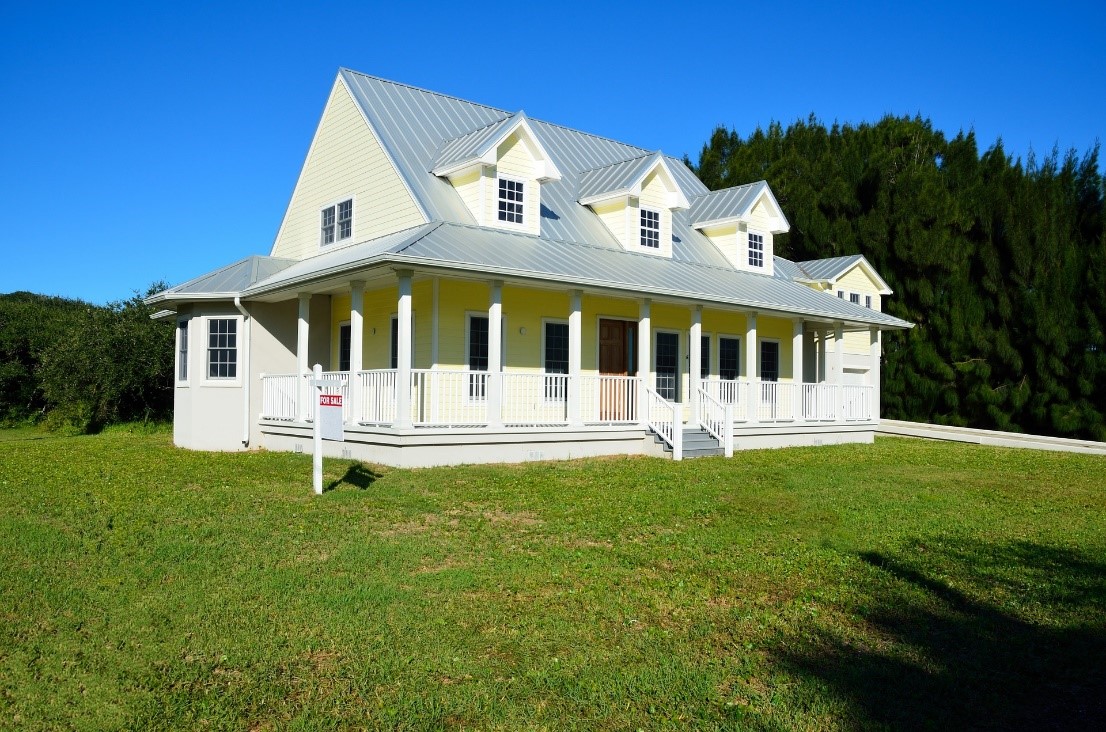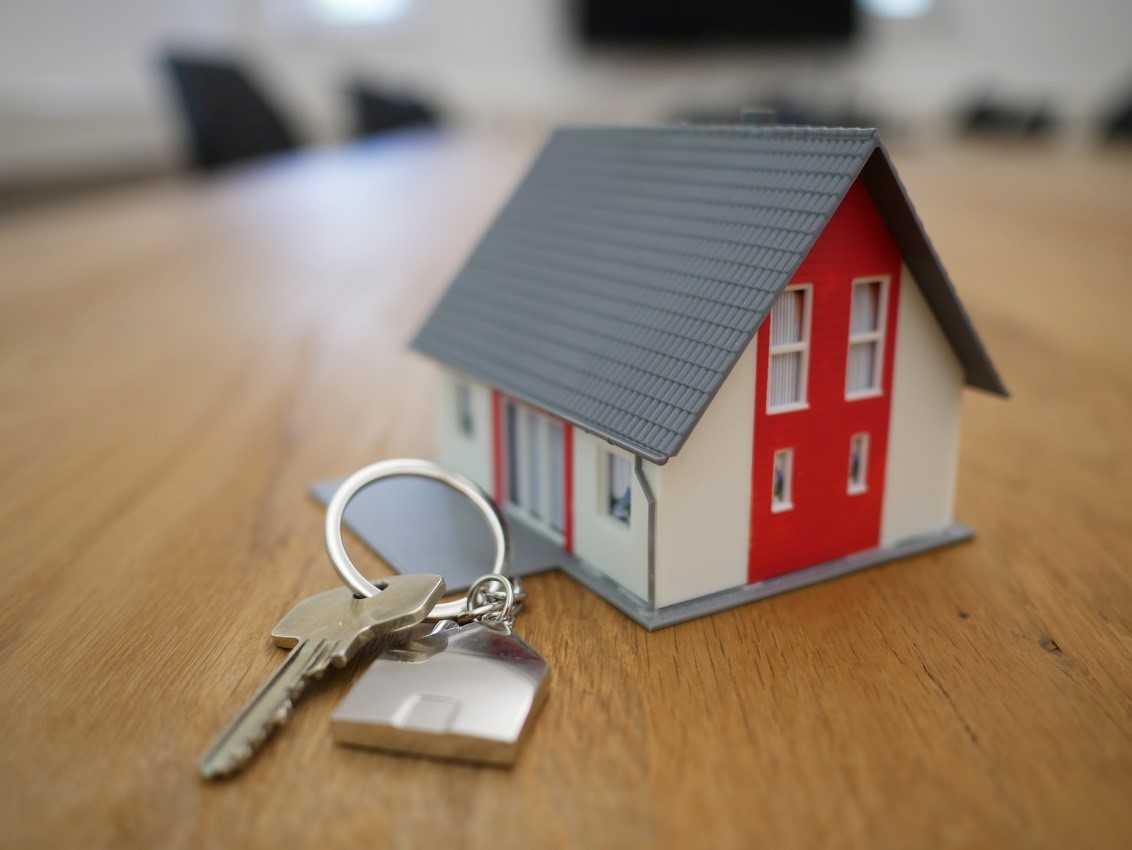Key Takeaways
- If you’re thinking about buying your first home, you may be unsure how much to save for your down payment.
- There’s also the big question of how to get enough for a down payment.
- Here are four possible ways to obtain a down payment, with some being preferable to others.
If you’ve been thinking about buying your first home, you may be wondering how much you’ll need for a down payment, as well as how to get that down payment. There are a few different ways to accomplish this.

First, you’ll need to know what that amount needs to be. A conventional mortgage will require a 20% down payment. However, if you go through the Federal Housing Administration (FHA) to obtain your loan, they require a 3% down payment.
Looking at FHA loans, the first thing to know is that they require you to buy private mortgage insurance (PMI) at .5% to 1% above the interest rate of your mortgage. The median home price in this country is a little over $300,000, so a 3% down payment would be $10,000.

When it comes to your monthly payments, current interest rates are around 3% for a 30-year mortgage. For a $300,000 home, the monthly payment would come to $1,222 for principal and interest. However, if you have to pay PMI, adding that extra 1% will up your interest rate to 4% and subsequently raise those monthly payments by $162, bringing your payments to $1,384.
So now that we’ve laid out the costs involved, how do you get the down payment? Well, there are four possible ways to do this.

The first is to simply save up. It may take a while, but this is the least complicated option.
If you don’t have the money saved, a second option is to get help from family – parents or grandparents often want to help their children and grandchildren buy their first homes. If this is an option for you, it may be something to consider.
If neither of these is feasible, a third way is to borrow from your 401(k), if you have one that allows for loans. About half of all 401(k)s allow you to take a loan out, and the good news is that when you pay the money back, you’re paying into your own account, with interest – and that interest goes to you, not a bank.
Finally, the fourth (and last resort) option is to use credit cards for cash advances. This is the least preferred method of obtaining a down payment, as the interest on credit cards is very high and averages 21%.
So if you’ve been dreaming of becoming a homeowner, think over how much you’ll need and how you’ll get your down payment. Hopefully you’ll find what works best for you AND the home of your dreams. Until next time, enjoy.
If you’d like to read more on this topic, here are a few of Gary’s previous posts that you might enjoy:

